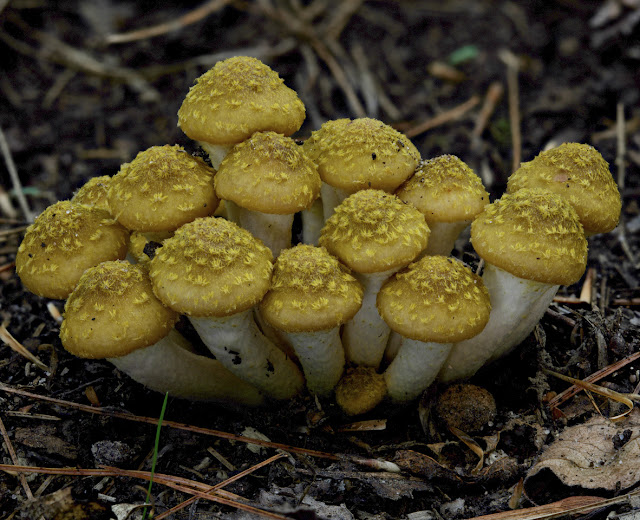Lois Zerrer reviews Knowing the Trees: Discover the Forest From Seed to Snag by Ken Keffer.
I happened upon this book while perusing the “new arrivals” section of the Springfield Greene County Library. Being a self-proclaimed tree groupie, the title caught my eye. Thumbing through the book, it appeared to contain engaging information that might add to my knowledge of our trees.After a brief introduction to the life cycle of the tree, the chapters are organized along the growth cycle of the tree – from seed and cone to the woody debris left behind at the end.
Each chapter highlights interesting information comparing and contrasting different aspects of the life stage. For example, distinctions between types of seed, the purpose of cones, or how a stage supports wildlife are included. Also, anecdotes with unusual facts or stories are included to keep the reading light and entertaining.
This is neither a scholarly work nor a primer. The author has done a good job of combining scientific substance with a style making it accessible to the lay reader. Along with scientific importance and ecological benefits, the author includes cultural references and some facts and details that “tree groupies” might not know. Some terminology that was new to me:
- “doghair stands” – successional forests after old growth has been removed
- “krummholz” - the natural pruning process that occurs in the area between the subalpine and alpine zones which results in shrubby tree forms and branches that grow in the direction of the prevailing winds.
- “long leaf grass” - the seedlings of long leaf pine during their fire resistant growth phase
- Last but not least, the New York Stock Exchange was formed by an agreement signed under a sycamore tree in 1792. The Buttonwood Agreement was so called because the wood of sycamores was used at that time to make buttons. Author Ken Keffer is a naturalist and environmental educator.
Knowing the Trees: Discover the Forest From Seed to Snag by Ken Keffer Illustrations by Emily Walker Copyright 2023 Mountaineers Books
Editor's note: It is available at the Library Center in Springfield.....after I return it.


.jpeg)


.jpeg)

